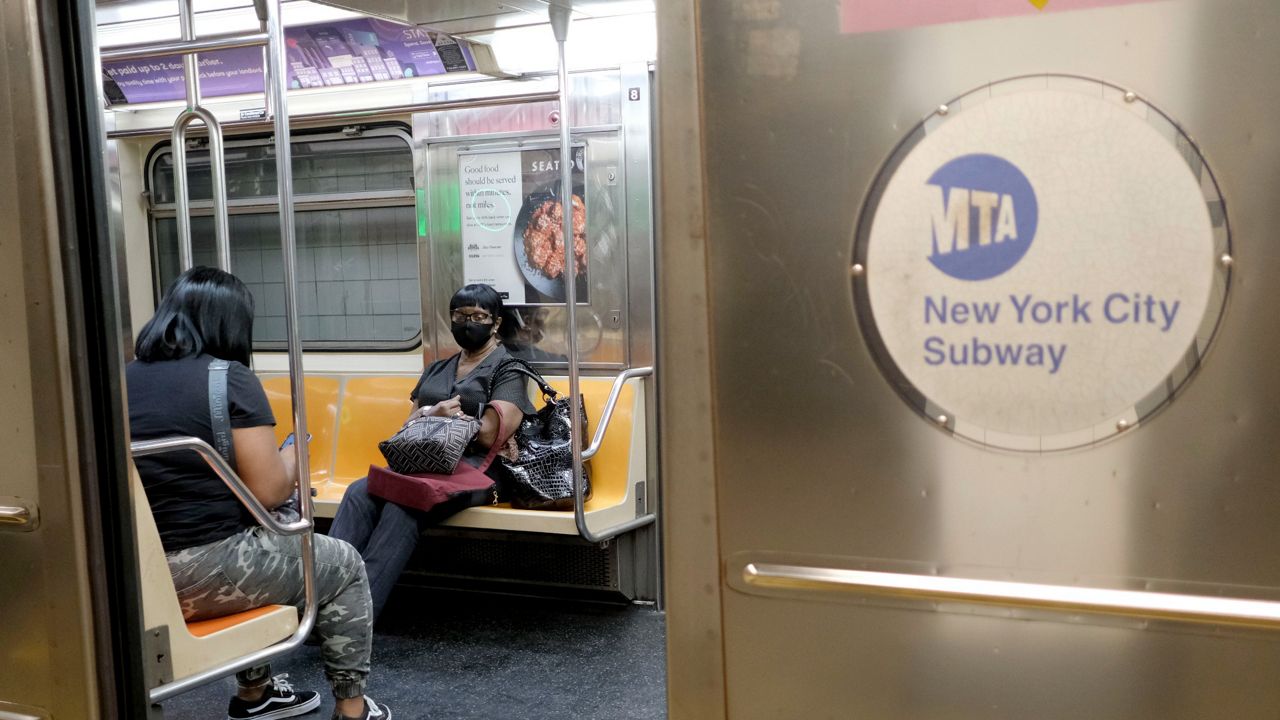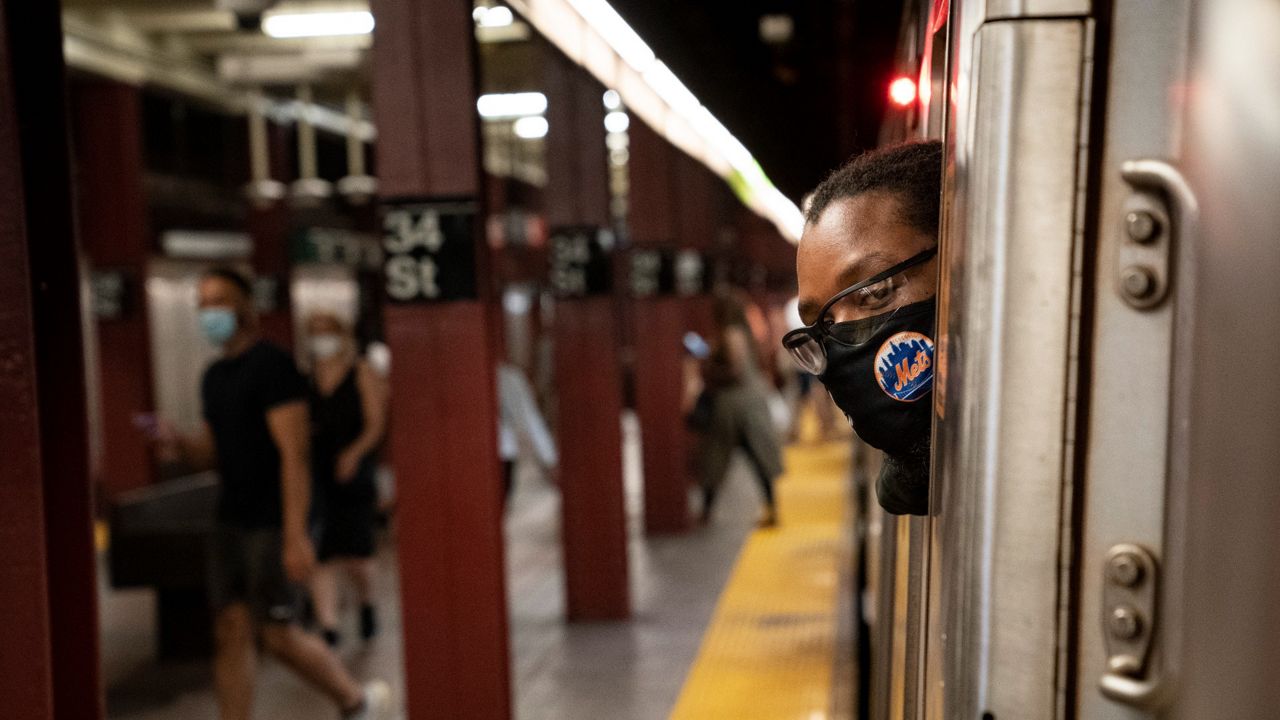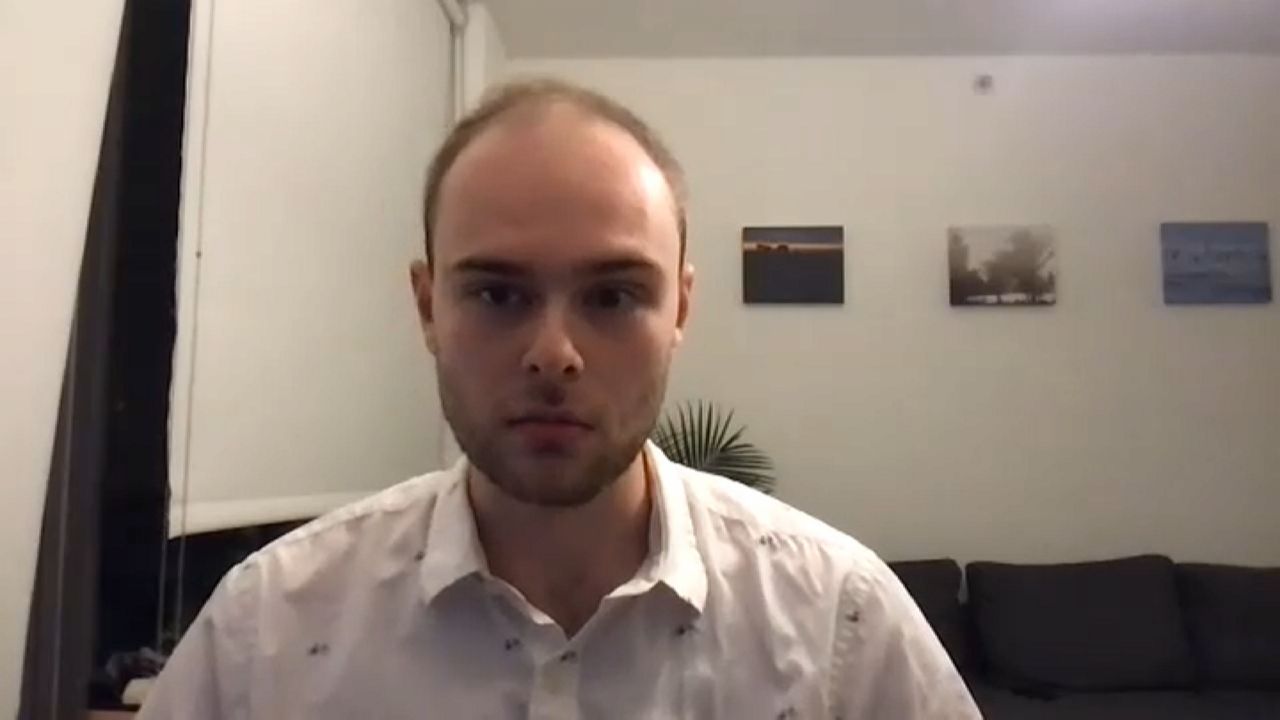All that cleaning that's been going on for the last year?
The Centers for Disase Control now says that, because COVID-19 spreads mainly through inhaled droplets, there is little benefit to continuous scrubbing and disinfecting.
But some experts say the MTA should not put away the sprays and disinfectants just yet.
"In this environment and the density and the throughput of people coming in and out of New York City mass transit, it does make sense, it does make sense for there to be thorough cleaning," said Barun Mathema, assistant professor of epidemiology at Columbia University's Mailman School of Public Health.
A year ago, the MTA embarked on an aggressive regime of cleaning and disinfecting stations and trains, an approach that costs $300 million a year.
Governor Andrew Cuomo and the MTA ordered the subway closed to riders four hours every night so the deep cleaning could take place.
Critics called the MTA's approach hygiene theater, saying it had little practical value.
Still, epidemiologists tell NY1 the CDC's new guidance is not in conflict with the MTA's efforts.
"I don't really think that the MTA's protocol or the way in which they've been cleaning our subways and our buses represents theater," said Steven Markowitz, an epidemiologist and occupational health expert who runs Queens College's Barry Commoner Center for Health and the Environment. "I think it represents a comprehensive approach both to reduce the likelihood of transmission and also to inspire confidence in riders that they're safe in using the subways and buses."
While the CDC says it now considers the risk of surface transmission to be small, it says shared indoor spaces like subways should still be cleaned, but that cleaning with soap should be sufficient.
It does recommend using disinfectant on non-porous surfaces like steel, plastic and glass, and if there has been a suspected or confirmed case of COVID-19 within the last 24 hours.
In other words, places like subway cars.
"The disinfectant actually kills the virus, and so the way, for instance, the MTA on the subways and buses cleans using special disinfectants — that really is the proper way," Markowitz said.
Early this year, the MTA cut the four hour nightly-closure to two hours, and said it would eventually end the shutdowns completely.
A spokeswoman said Tuesday the agency will evaluate the CDC's latest information on indoor community environments and ask for specific guidance.
As for the full return of overnight subway service, the MTA says that will happen as the city and state reopen.








